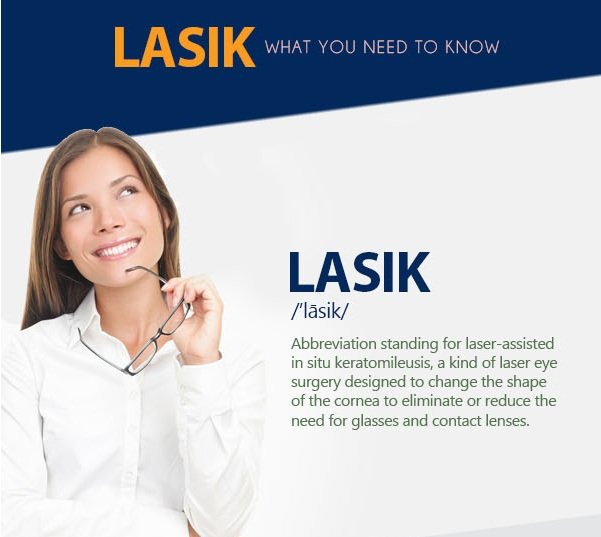Checking Out Typical Vs. Innovative Glaucoma Therapy Techniques
Checking Out Typical Vs. Innovative Glaucoma Therapy Techniques
Blog Article
Content Composed By-Buck Mcfadden
Did you recognize that the development of glaucoma treatment methods spans centuries, incorporating both conventional treatments and advanced developments? From 3 types of cataract surgery to sophisticated Minimally Intrusive Glaucoma Surgical procedure techniques, the range of choices is vast. As you explore the ins and outs of conventional versus innovative strategies, you might reveal shocking understandings that test traditional point of views on treating this common eye condition.
Historic Evolution of Glaucoma Treatments
The historical development of glaucoma therapies goes back to old worlds where numerous treatments were used to handle the problem. In old Egypt, as an example, treatments included a mixture of honey, fat, and sour milk put on the eyes. The Greeks and Romans also contributed to early glaucoma treatments with a concentrate on topical applications and dietary interventions. Throughout background, varied societies created distinct methods to relieve the signs and symptoms of glaucoma, often rooted in natural treatments and superstitions.
As time advanced, improvements in clinical expertise led to more methodical methods to treating glaucoma. In The Center Ages, Arabic scholars made significant contributions by studying the makeup of the eye and creating surgical methods to resolve eye conditions. cataract surgery 2nd time laid the structure for modern glaucoma therapies that we have actually today. Understanding the historical context of glaucoma treatments provides useful understandings into the continual progress and refinement of clinical practices over the centuries.
Contrast of Conventional Techniques
In comparing standard approaches for treating glaucoma, consider the historic contexts and performance of numerous solutions.
Conventional therapies for glaucoma have developed over centuries, from old practices like making use of honey and a glass of wine to more recent advancements such as eye drops and surgical procedures. Historically, remedies like the application of leeches or natural mixtures were made use of to relieve symptoms, however their efficiency was restricted.
As time proceeded, methods like iridectomy, where a part of the iris is eliminated, came to be prominent for decreasing intraocular stress. Some traditional techniques, like utilizing dental medications to reduce eye pressure, have actually stood the test of time and are still made use of today. However, these treatments typically come with negative effects and might not be as efficient as modern options.
It's important to consider the historical importance of conventional glaucoma therapies versus their effectiveness in the context of existing medical advancements.
Analysis of Innovative Therapy Techniques
Considering the progressing landscape of glaucoma treatment, cutting-edge strategies are revolutionizing the method this eye condition is taken care of.
One remarkable advancement is minimally invasive glaucoma surgery (MIGS), which offers a much less invasive alternative to conventional surgical procedures. MIGS aims to reduce intraocular pressure by boosting the eye's natural drainage system, bring about fewer issues and faster recuperation times contrasted to conventional surgical procedures.
In addition, the development of sustained-release medicine delivery systems has given a much more effective way to provide glaucoma drug. These systems can release medication slowly over an extensive period, enhancing patient adherence and lowering the frequency of eye decreases.
Furthermore, emerging innovations like careful laser trabeculoplasty (SLT) offer a non-invasive choice for lowering intraocular stress by targeting specific cells in the eye's drainage system.
Conclusion
As you review the development of glaucoma treatments, you can see exactly how conventional techniques have led the way for innovative techniques to arise.
From ancient solutions to modern developments, the journey of treating this complicated eye condition has actually been like a rollercoaster experience.
However with brand-new techniques like MIGS and sustained-release medicine delivery, the future appearances brighter than ever before for patients seeking efficient and less intrusive options.
